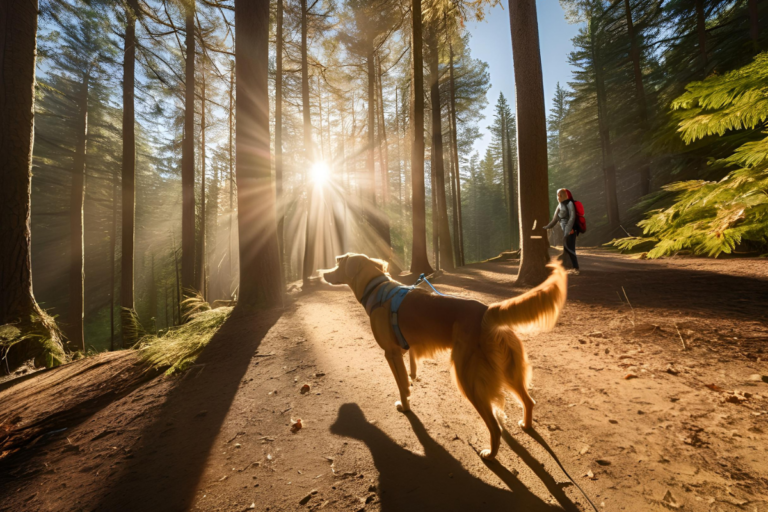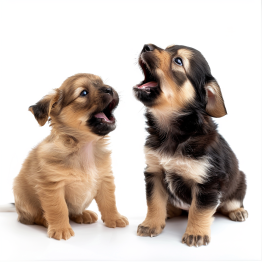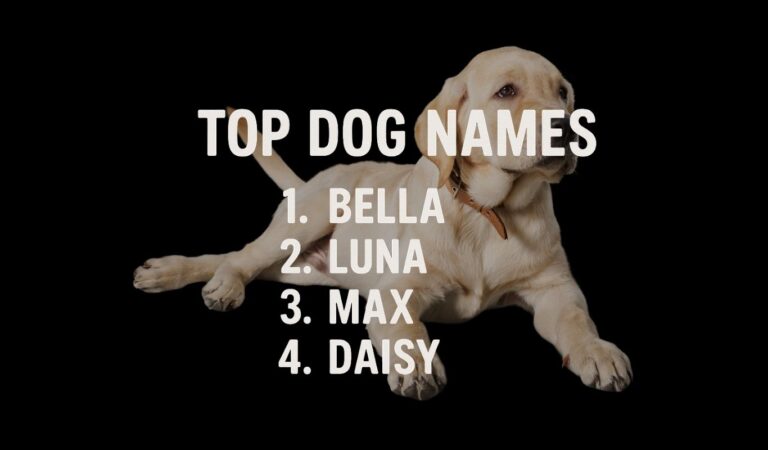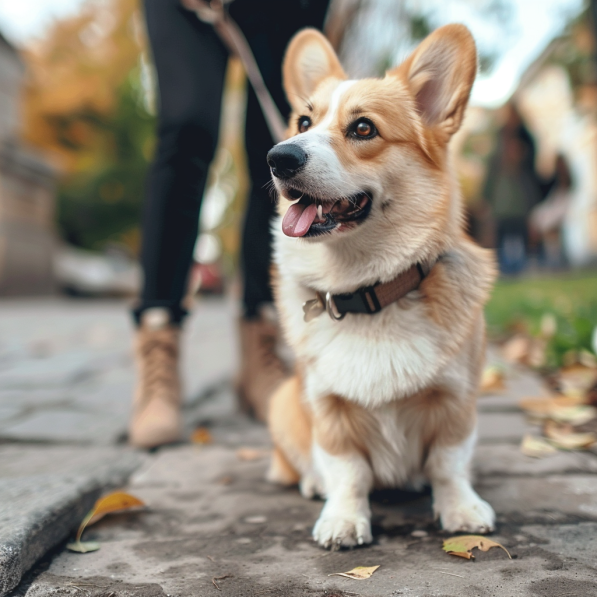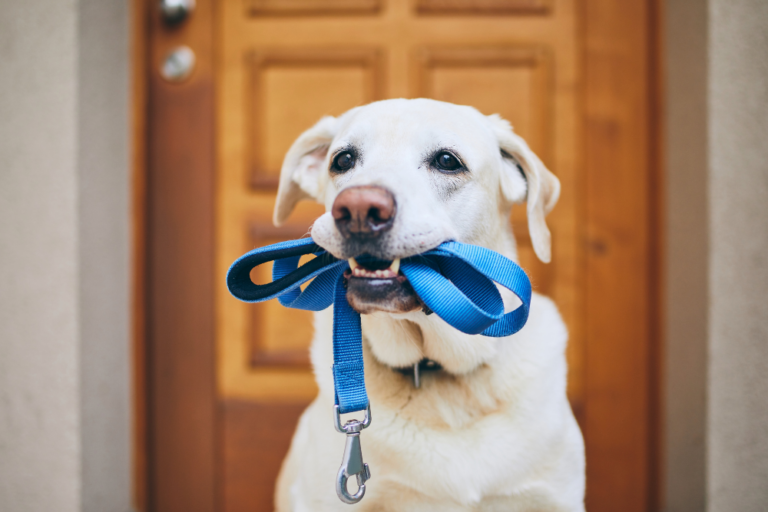Stop Fear Barking
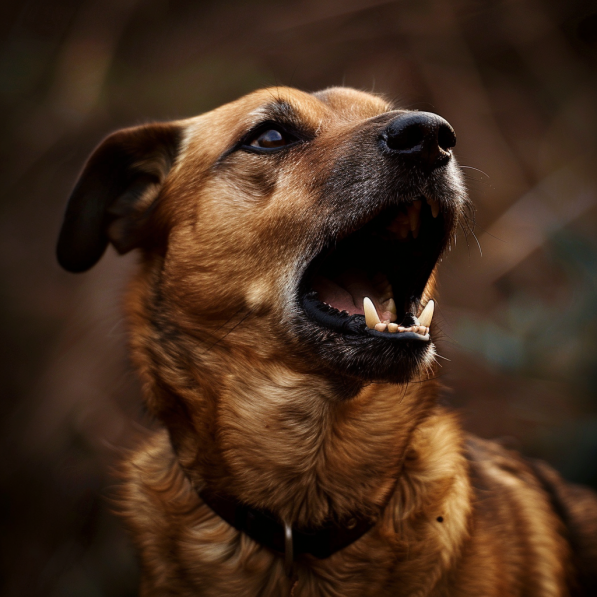
How to Stop Fear Barking in Dogs
Working with a fearful dog takes patience and techniques to stop fear barking are never black & white. Learn more with this article about how to stop a Fear Barking Dog.
Working With Fearful Dogs to Stop Fear Barking
When working to stop fear barking with a fearful dog, or however your dog acts out when afraid, it’s never a black and white fix. You’ll first need to understand a few things about fear in dogs so I apologize if the following info is elementary to you. Please bear with me as I’ll go over this quick as a prelude to training tips to stop fear barking. Or, just scroll down the page a bit and get right to the goods;)
Fear in Puppies
With puppies, there is typically a fear stage that is part of overall mental development for every dog. Fear Impact Stage as it’s known can happen anywhere from 7 to 11 weeks of age. If you’ve homed a new puppy, be aware that it’s extremely important no to frighten, scare or startle them in a traumatic way during this fear period. Subjecting a puppy to traumatic experiences during this stage of development can often result in a fearful adult dog.
You may notice fearful actions such as your pup jumping back from a blowing leaf or cowering at a sudden unexpected sound like the end cycle alarm on your washing machine. This is normal and I wouldn’t consider things like this traumatic. Actions like these are a sure sign your pup is going through the fear impact stage. During this period, minimize these situations as best you can as adverse conditioning during this period can be permanent. Take the time now and begin socializing with other people and other dogs. Supervise the visits to be sure they are playful and fun, eliminating stressful and fearful interaction to the best of your ability.

TIP: Dog daycare offers great socialization opportunity at this stage if within your budget. Through early supervised socialization, just like the Cowardly Lion, your pup will grow its courage as it moves through to the next stage of development.
Fear in Adult Dogs
Fear in adult dogs is often collateral damage left by lack of puppy socialization, a traumatic or stressful event, or something that occurred during the fear stage we just talked about. While most dogs will never let you know, almost all are afraid of something. Yet it isn’t until a dog acts out due to fear that we’re aware there’s a problem. Fear in dogs is rarely a behavior seen by most owners and typically not a problem for many of us.
It’s not until we witness cowering, submissive peeing or fear barking we realize our dog is afraid. OK a little fearful cowering now and then, what’s the big deal? No big deal until normal day to day things begin to strike fear in our dogs. Ever go to a dog park with your fearful dog and notice the reaction of the pack? I can almost guarantee the fearful dog was mobbed by the pack and either cowered, peed submissively, laid on its back, stood there stiff as a board with tail tucked under genitals, or yelped out with fearful barking.
Did I guess correct?
Typical Response to Fear
Basically, there are a few common reactions from a dog that’s scared, and they are;
- Fight: Your dog may start with fear barking that escalates to aggressive barking and snapping which in the end spells dog fight. Someone’s getting bit!
- Flight: Your dog may try to flee with the dog park pack most likely chasing it. This also often ends up with a dog getting bit or snapped at. I’ve even witnessed owners getting bit for trying to reach in and protect their dog. Sadly, this is very common!
- Cower or freeze: Your dog may cower or freeze allowing sniffing and pushing by the pack, most usually the most dominant few dogs. This is typically the best scenario since as long as the molested dog keeps its cool for a few minutes, the pack will break up and go off again to play.
In general, most dogs would rather avoid a fight so for a scared dog, flight would be the instinctive action. Yet if cornered at a fence line with no way to retreat, the fight instinct takes over. Fear barking in this case is a warning that fight is eminent. If the pack backs off your dog has learned that barking means no fighting and may to bark in other fearful situations. Why? He just figured out that barking keeps him safe. Without even knowing it, your dog has conditioned itself to be a fear barker!
[affegg id=4]
Techniques to Stop Fear Barking
Without sounding redundant, as with most barking problems (and you’ll read this in other articles here at DTG), focus between dog and handler is extremely important to stop fear barking. We need focus so we can distract our dogs from the cause of the fear to redirect, praise and reward them. Redirection keeps the mind distracted until the dog eventually forgets the fear.
Reliable communication between dog and handler is of utmost importance dealing with fear barking. Without it, we have no chance of reconditioning our dog to ignore fear. If you haven’t read these pages yet, dog obedience training and clicker dog training will show you how to establish all important communication. You can jump back to this page for training tips when you’re done;)

Training Tips to Stop Fear Barking
Here are the tips you’re looking for in no particular order..
TIP: Remember, regardless what type of fear is affecting your dog, the methods used for fearful behavior and to stop fear barking remain the same. Calm your dog using distraction and focus. Desensitize your dog to the fear using positive reinforcement to countercondition fear into something pleasant. Do not use coersive or aversive training methods with a fearful dog as they may further reinforce skiddish behavior.
- Don’t force your dog do something, or interact with something it’s afraid of. We’ll re introduce our dog to these stimuli when ready and use them for training. Mean time, avoid them.
- Work to desensitize your dog by calmly and slowly confronting objects that scare them. Take as much time and go as slow as needed as not to stir a fearful reaction from your dog. This is important. It’s OK for them to notice the object or person but be certain they don’t react in a nervous or fearful way.
- Continue this exercise at a distance and repeat over and over, gradually getting closer. Our main goal here is to make everything ordinary as if nothing is any worry.
- Here’s another technique to eliminate fear of noises and things other than static objects. What I call reverse psychology is also referred to as counterconditioning by many trainers.
With counterconditioning we will praise and reward a fearful dog whenever a scary sound, person or object presents itself. For this you’ll use the best treat in your arsenal, something like a piece of bacon or a special treat your dog absolutely drools for.
By treating and rewarding your dog when they’re fear struck with this “special” treat we will “re wire” the way their brain associates the fearful person, place or thing. Once conditioned that the best reward ever happens because of this frightening thing, your dog will soon forget about being scared by thinking ahead to the treat.
- Praising a dog to stop fear barking seems like the wrong thing to do, yet it can work also! If you can ignore the fact that while out in public people will look at you like you have three heads for praising a barking dog, try it. We’re counterconditioning again with this technique by creating a strong positive connection with our dog when they’re fearful. This feeling of security is sometimes enough to snap the mind down from a fearful state.
- One of the easier methods I’ve found to stop fear barking and keep a dog from becoming fearful is “click and reward” using your good ole’ clicker trainer. Believe it or not, it’s pretty simple and you may be saying “Why didn’t I think of that?”. What we do is simply mark desired behavior with a click, then reward, that’s it! Click to mark a calm state of mind.. this can be done both before and after a fearful episode.
- By rewarding your dog for a calm state of mind he’ll eventually catch on, focusing more on the treat and positive praise while increasingly ignoring the thing that scares him.
[the_ad id=”1850″]
Stop Fear Barking Summary
All puppies go through a fear period known as fear impact stage. Fearful adult dogs have usually suffered a traumatic event during the fear impact stage. To stop fear barking first determine its cause.
Never force your dog to face its fear by what’s known as “flooding”, this can backfire. Using positive training to desensitize and counterecondition is my method of choice to deal with fear.
Clicker training is a great method to work with a fearful dog and additional information, tips and techniques are available on our dog behavior training page and across the rest of our site.
Be calm, compassionate and patient with your fearful dog. Baby steps work best, stay the course and don’t give up.

